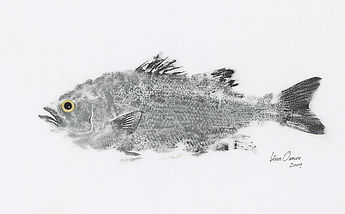


Wood Block Technique
Woodblock printmaking bases on cutting/carving those areas that are not to be printed out of a wooden block. For printing, ink is spread on the remaining parts in the block, and a sheet of paper is placed onto it, rubbed with a rubber tool by hand or printed with a press, creating a side-changed impression onto handmade Himalayan Khadi Paper. For colored art pieces, fine Water Colors are individually added by hand, making each piece of art unique.
Appropriate woods, especially for very detailed woodblock prints, come from hard fruit trees like cherry, mahogany and pear. Easier to cut are softer woods like linden and poplar.
Woodblock printmaking is one of the oldest printmaking techniques. It was developed from the technique of cutting or shaping stamps and seals. The most important precondition for its development was the creation of paper which dates to 105 AD in China. The first printmaking technique was probably stone rubbing. Calligraphies engraved into stones were inked and rubbed with humid paper.
Stone rubbing lead to the development of woodblock printmaking, or both techniques emerged at the same time. The first woodblock printmaking book in China which can be dated clearly has been made in 868. It is done in such a perfect way that a much earlier development is very likely. Strongly influenced by China were the prints of the "dharanis" in Japan in 770, which were printed in an edition of one million, though it is not clear out of which material the plates were made. In the first centuries in China woodblock printmaking was used for the reproduction of Buddhist texts and amulets.
Gyotaku Fish Prints:
In the days before Polaroids, Japanese fishermen found a unique way to document their fish catches. The prized catch was taken to a painter who would create a special print from it using water based paints or inks that could be washed off. After the masterpiece was created, the fish would be washed and sold at market. Over time the process of making fish impressions, known as Gyotaku ("gyu" = fish, and "taku" = impression) became an art form that is practiced to this day.
These days it's not unusual to find artists waiting at the docks for the sport fishing boats to bring tourists and their prized fish catches in.


